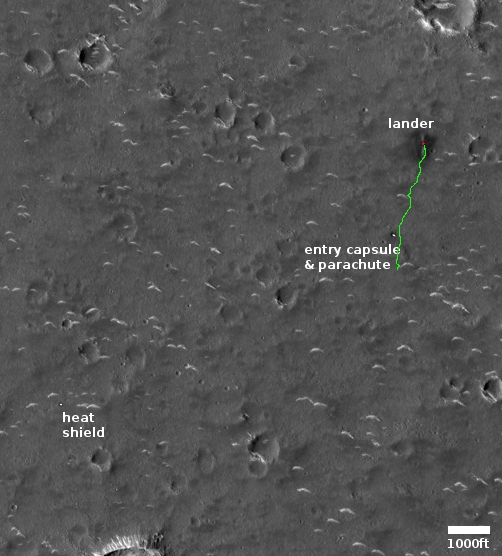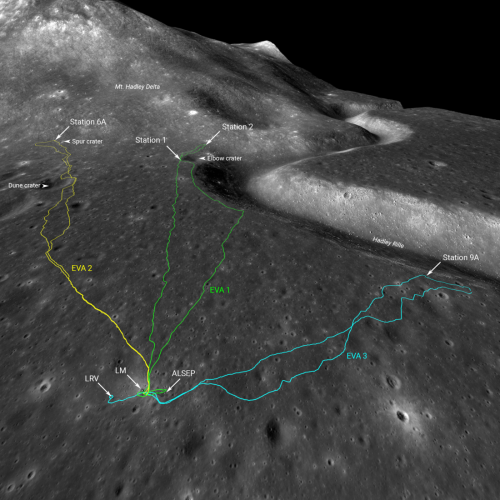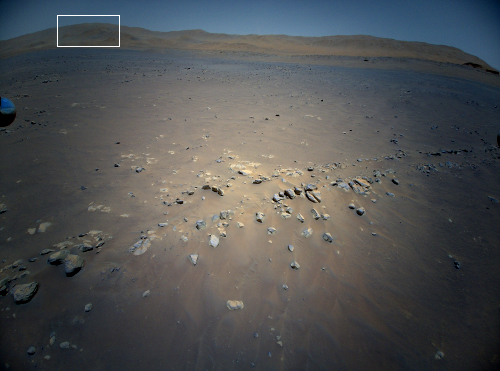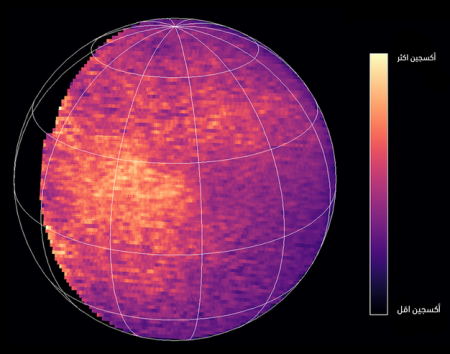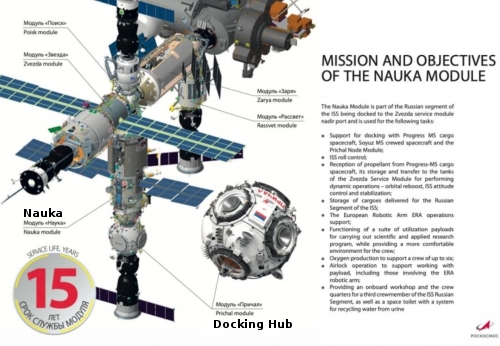The sublimating surface of Mars’ northern plains?
Cool image time! The photograph to the right, cropped and reduced to post here, was taken by the high resolution camera on Mars Reconnaissance Orbiter on May 27, 2021. A sample image, likely taken not as part of any specific scientist’s research but by the camera team in order to maintain the camera’s temperature, shows an area of the Martian northern plains that appears filled with rough scattered depressions, possibly caused by sublimation of buried ice.
The location, at 54 degrees north latitude, is far enough north to easily have a lot of buried ice. It is also only about 40 miles to the east of Milankovič Crater, where scientists have found many scarps that appear to have exposed layers of ice in their cliff faces.
However, the location has other components that must raise questions about this sublimating ice hypothesis.
» Read more
Cool image time! The photograph to the right, cropped and reduced to post here, was taken by the high resolution camera on Mars Reconnaissance Orbiter on May 27, 2021. A sample image, likely taken not as part of any specific scientist’s research but by the camera team in order to maintain the camera’s temperature, shows an area of the Martian northern plains that appears filled with rough scattered depressions, possibly caused by sublimation of buried ice.
The location, at 54 degrees north latitude, is far enough north to easily have a lot of buried ice. It is also only about 40 miles to the east of Milankovič Crater, where scientists have found many scarps that appear to have exposed layers of ice in their cliff faces.
However, the location has other components that must raise questions about this sublimating ice hypothesis.
» Read more





